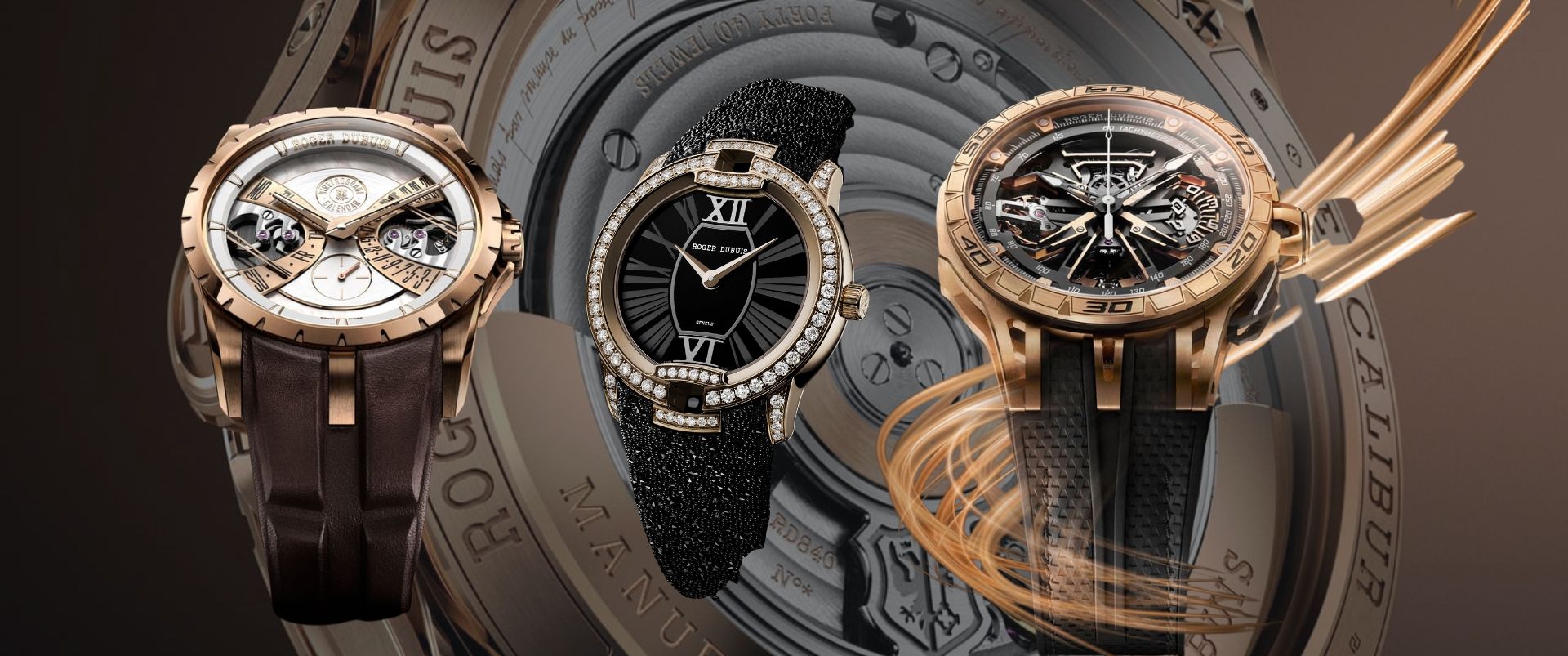Trump’s 39% Tariff On Swiss Watches Reshapes Global Pricing — But What Does It Mean For India?
Today marks a significant shift in the global watch industry. As of August 1st, 2025, the United States has officially imposed a 39% import tariff on Swiss-made watches — a combination of a 10% universal import duty introduced earlier this year and a new 29% country-specific tariff targeted directly at Switzerland. For the U.S., this is a strategic trade move. For Switzerland, it’s a wake-up call. And for India, while the immediate impact may seem distant, the ripple effect offers both insight and opportunity.
The Swiss watch industry, long considered the gold standard in luxury horology, is now facing its most serious pricing challenge in decades. Switzerland exported over CHF 3.1 billion worth of watches to the U.S. in 2024, making America its second-largest export market after China. This new 39% tariff will drastically increase the cost of doing business in the U.S. — not just for manufacturers, but also for retailers and consumers.
In anticipation of the tariff, April 2025 saw an 18% surge in Swiss watch exports to the U.S., as brands and authorized dealers rushed to bring in inventory before the increased duties came into effect. However, that window has now closed, and U.S. retailers are recalibrating. Several leading brands, including Rolex, Omega, Patek Philippe, and TAG Heuer, have already raised retail prices in the U.S. by 7% to 15% to offset the impact of the duty. As a result, a watch that retailed for $10,000 earlier this year may now cost closer to $11,500 or more.
The response from American consumers has been swift and predictable. Many are pivoting to the secondary market to purchase pre-owned Swiss watches that were imported before the tariff deadline, driving up demand and premiums for desirable models, particularly in the Rolex and Patek segments. Pre-owned platforms, auction houses, and trusted grey-market dealers are seeing a fresh surge in traffic.
Against this backdrop, India finds itself in a unique position. While the country was also named in Trump’s sweeping tariff revision — facing a new 25% duty on all exports to the U.S., plus an added penalty related to its continued trade ties with Russia — its watch exports to the U.S. are too small to trigger any direct concern. In 2024, India exported approximately $70.9 million worth of watches and clocks, but just $1.4 million of that went to the United States. That’s less than 4% of its total watch-related exports. Likewise, India’s exports of watch parts (under HS code 9114) to the U.S. totaled only $842,000 in 2023.
So, while the Indian watch industry is technically included in the tariff structure, its low export volume to the U.S. makes it a bystander rather than a casualty.
Yet, for Indian watchmakers and brands, this moment is still a valuable one. The disruption in Swiss supply chains — combined with increasing U.S. retail prices — has created a potential opening for non-Swiss alternatives. Indian brands like Bangalore Watch Company and Jaipur Watch Company, which are already making strides in design innovation and brand storytelling, could position themselves as accessible luxury options in a global market that’s suddenly looking for value.
Of course, the leap from boutique national presence to global player is not trivial. It requires investment in global distribution, quality assurance standards that meet Swiss benchmarks, and marketing muscle that resonates with discerning international buyers. But in a market where U.S. consumers may increasingly balk at 15% price hikes on their favorite Swiss references, there is a window — however narrow — for new entrants to challenge old norms.
It’s worth noting that India’s watch buyers, unlike their U.S. counterparts, won’t feel any pricing pressure from these tariffs. Many Indian collectors purchase luxury watches via Dubai, Singapore, or European grey markets — none of which are affected by the U.S.-specific trade changes. In fact, if U.S. prices continue to rise while global prices remain stable, Indian buyers may find themselves with a strategic price advantage in select offshore markets.
Still, the broader message is clear. While India’s watch exports are insulated today, the lesson is that geopolitics can directly shape product pricing, brand perception, and market access in an instant. If Indian watchmakers aspire to play on the world stage, they must prepare for a future in which tariffs, trade blocs, and supply chains can no longer be taken for granted.
So, what began as a Swiss–American tariff standoff may, in time, be remembered as a pivot point — not just for pricing, but for positioning. The Swiss watch industry, steeped in centuries of tradition, is being forced to adapt. Indian watchmaking, still young and under-recognized globally, has an opportunity to evolve.
All Eyes On India
The 39% tariff on Swiss watches entering the U.S. is forcing brands to reallocate strategic focus — and India, with its consistent year-on-year luxury growth and untapped consumer base, is emerging as a viable long-term play. While India accounted for just 2% of global Swiss watch exports in 2024, its high-net-worth population is projected to grow at 12% CAGR through 2030, and luxury consumption is expected to double in the next five years. Unlike China, which remains sensitive to policy-driven volatility, or the U.S., now challenged by protectionist tariffs, India offers a politically neutral, demographically young, and digitally responsive market. The shift isn’t about short-term volume — it’s about market insulation and long-term brand positioning. For Swiss and independent watchmakers recalibrating their global weightage, India now demands not just inclusion — but intentionality. Will India import more watches? Will brands start talking India in their global plans? Only time will tell.
No articles found





